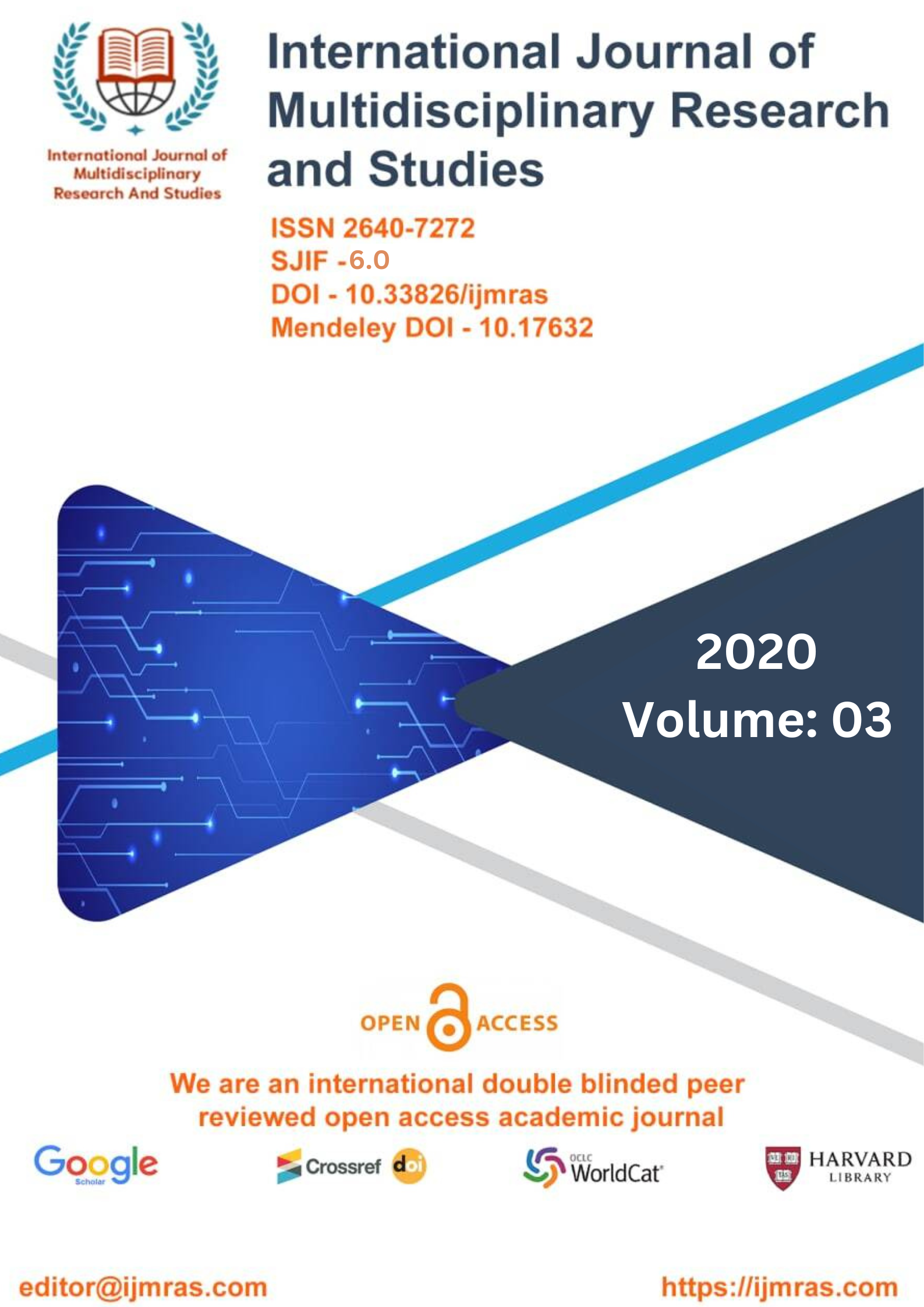TISSUE CULTURE STUDY FOR MICROPROPAGATION OF ANY MEDICINAL PLANT

Abstract
For a substantial length of time, a large majority of plant species have been used for the production of therapeutic products. Nearly every country and culture make use of the therapeutic capabilities that plants possess as a primary or supplementary source of medical care. Denbath et al. (2006) state that medicinal plants play an important part in many health care systems. [Further citation is required] The estimations supplied by the World Health Organization (WHO) indicate that herbal medicines are capable of satisfying the needs of around 80 percentage of the world's population. This is especially true for the millions of individuals who make their homes in rural areas of emerging nations. Traditional treatments, many of which were derived from plants, formed the basis for the development of a significant portion of today's medications. According to some statistics, one-fourth of all drugs that can be purchased without a prescription either include plant extracts or are based on the chemical structures of plants. The most widely used pain medication, aspirin, was originally derived from several Salix and Spiraea species by chemical synthesis. Additionally, some of the most powerful anticancer medications, such as paclitaxel and vinblastine, are exclusively derived from plant sources. This is the case for both of these medications (Pezzuto, 1996).
Keywords
Culture, Study, Micropropagation, Medicinal,, PlantHow to Cite
References
Akerele, O., Heyword, V. and Singe, H. (1992)(Eds.) Conservation of medicinal plants Cambridge University Press, Cambridge, and U.K.pp. 145-189
Amin, M.N., Jaiswal, V.S. (1993) In vitro response of apical bud explants from mature trees of jackfruit (Artocarpus heterophyllus). Plant Cell Tiss. Org. Cult. 33 : 59-65
Andrade, M. W., Luz, J, M. Q., Lacerda, A. S, and Melo, P. R. A. DE. (2000) Micropropagation of Urandary (Myracrodonon ueundeuva Er. All) Cienciae. Agrotechnologia. 24 (1): 174-180
Animuddin, J.K., Anus, M. and Balasubramanium, V.R. (1996) Regeneration of Piper kettle from callus tissue. Curr. Sci. 65: 795-796
Animuddin, M., Johri, J. K., Anus, M. and Balasubramanium, V. R. (1993) Regeneration o f Piper betel from callus tissue. Curr. Sci. 65: 795-796
Anzidei, M., Vivona, L., Schiff, S., Bennici, and A. (1996) In vitro culture of Foenicttlum vulgare: callus characteristics in relation to morphogenesis. Plant Cell Ttss.Org.CultAS: 263-268
Aradhya, M.K., Zee, F. and Manshardt, R.M. (1994) Isozyme variation in cultivated and wild pineapple. Euphytica 79: 87-94
Arockiasamy, S. and Ignacimuthu, S. (1998) Plant regeneration from mature leaves and roots of Eryngittm Foetidum L., a food flavouring agent. Curr. Sci. 75(7): 664-666
Arora R. and Bhojwani S.S. (1989) Plant Cell Rep. 8: 44-47*
Arrebola, M. L., Socorro, 0 . and Verpoorte, R. (1997) Micropropagation of Isoplexis canariensis (L.) G. Don. Plant Cell Tiss. Org. Cull. 49: 117-119
Arya, S., Liu, J.R., Eriksson, T. (1991) Plant regeneration from protoplast o f Panax ginseng (C.A.Meyer) through somatic embryogenesis. Plant Cell Rep. Id: 277-281
Asahira, T. and Yazawa, S. (1970) Study on bulb formation o f Dioscorea batatas by in vitro stem culture. In: S. Baba (ed.) Second symposium for plant tissue culture. Kyoto Univ. Coop. Press, Kyoto, pp.2
License
Copyright (c) 2020 PRIYA

This work is licensed under a Creative Commons Attribution 4.0 International License.
Individual articles are published Open Access under the Creative Commons Licence: CC-BY 4.0.



